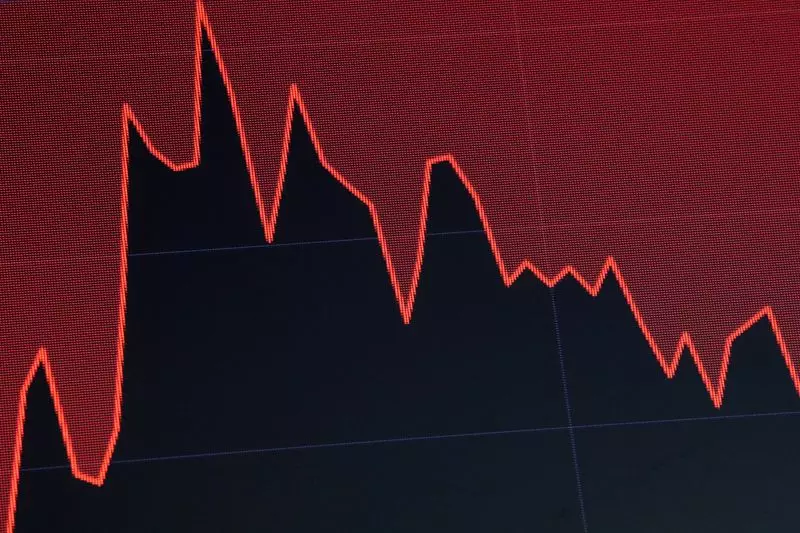Financial markets are often unpredictable, and the recent burst of volatility serves as a reminder of the risks associated with certain trading strategies. One notable issue is the reliance on leveraged trades such as FX carry trades and U.S. Treasury basis trades. These trades may appear highly profitable in periods of low volatility, but the leverage used amplifies the risks, making traders vulnerable to sudden market swings. When volatility spikes, these positions become unstable and can lead to substantial losses.
While it may seem that some trading opportunities can last indefinitely, especially when aided by government policies like “Abenomics,” the reality is that high-risk bets can backfire quickly. The yen carry trade, for example, lasted for years, but when it turned, the repercussions were severe. This highlights the fallacy of assuming that certain trades can be sustained indefinitely, as market conditions can change rapidly, leading to significant losses for traders who are unprepared.
One of the counterintuitive aspects of trading strategies like the FX carry trade is the reliance on interest rate differentials. Borrowing in a low-yielding currency to invest in higher-yielding assets may seem like a straightforward way to profit, but traders often underestimate the risks involved. Currencies with low returns are low-risk assets for a reason, and the pursuit of higher yields can expose traders to inflation, credit risk, and political instability. Successful carry trades require a delicate balance of low volatility and perfect timing, which is often difficult to achieve in practice.
Timing plays a crucial role in the success of high-risk trades, but it is often more luck than skill. Traders who rely on low volatility and benign market conditions are at risk of being blindsided when volatility spikes unexpectedly. The lure of slow but steady profits can lead to complacency, as traders fail to adequately prepare for sudden reversals in the market. Getting the timing right on these trades is a constant challenge, and even experienced investors can struggle to manage the risks effectively.
The recent episodes of market volatility have underscored the potential dangers of leveraged trades gone wrong. Dramatic spikes in volatility can trigger widespread panic selling, leading to cascading losses across financial markets. The fallout from these trades can be severe, with the potential to cause global financial instability. Risk models like “Value at Risk” may not adequately capture the true risks of leveraged trades, as they are often based on artificially low volatility metrics that fail to account for the inherent risks of these positions.
High-risk financial bets can offer tempting returns, but they also come with significant risks. Traders who engage in leveraged trades must be aware of the dangers associated with sudden market swings and the potential for significant losses. While it may be tempting to chase high profits in periods of low volatility, it is essential to exercise caution and carefully manage risks to avoid catastrophic losses. Ultimately, the allure of quick profits can quickly turn into a nightmare when volatility strikes, leading to devastating consequences for those caught on the wrong side of the trade.
Remember, the key to successful trading lies in careful risk management, prudent decision-making, and a thorough understanding of the complexities of financial markets.


Leave a Reply